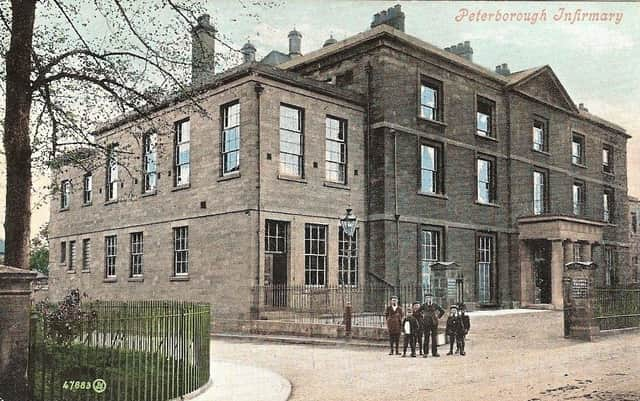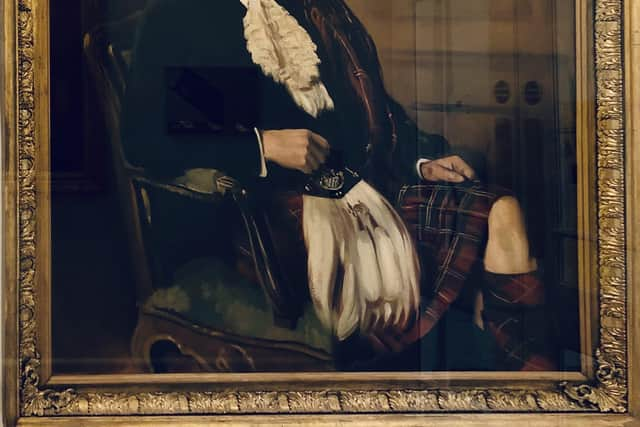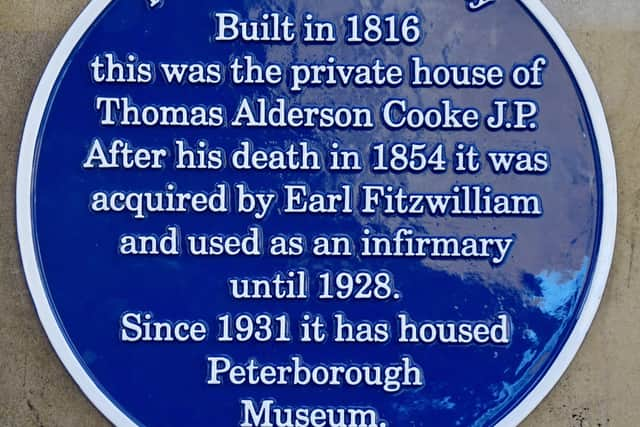A famous Peterborough building that’s been a home, a hospital and a museum


This plaque is located adjacent to the main entrance of the Museum in Priestgate.
Thomas Alderson Cooke was born into a wealthy family in Salford and moved to Peterborough where he became a local magistrate and was appointed as High Sherriff of Northamptonshire for 1840.
Advertisement
Hide AdAdvertisement
Hide AdCooke commissioned a large mansion on Priestgate in 1816 (though parts of the cellar date back to a house that was built in the 16th century).


The house constituted the central part of what is now the museum. The building reflects the classical style of the Georgian era, including elements of the then fashionable Greek Revival use.
Cooke himself was an interesting character. He married Julia Image, the daughter of the late vicar of St John’s church, John Image, and had 10 surviving children by four wives.
He had a very public annulment of the marriage to his second wife Charlotte Squires, who was many years younger than him.
Advertisement
Hide AdAdvertisement
Hide AdHe was a magistrate for many years and continued to preside until the week before he died, despite being incapacitated.


He died in December 1854, after which his house was bought by Earl Fitzwilliam in an auction in 1856.
Fitzwilliam allowed it to be used as a public dispensary and infirmary – the city’s first hospital – from 1857 until the opening of the War Memorial Hospital in 1928.
Ownership then passed to Sir Percy Malcolm Stewart, the chairman of the London Brick Company who, in 1931, generously donated the building for museum use. The art gallery was added in 1939. In 1968, it was presented to the city by the Peterborough Museum Society.
Advertisement
Hide AdAdvertisement
Hide AdSince 2010, the museum has been managed on behalf of the city council by leisure trust Vivacity.
Peterborough Museum has a collection of some 227,000 objects, including local archaeology and social history ranging from the products of the Roman pottery industry to a collection of marine fossil remains of international importance from the Jurassic period.
The museum also contains the original manuscripts of John Clare, the ‘Northamptonshire Peasant Poet’ as he was commonly known in his own time as well as the Norman Cross collection of items made by French prisoners of war.
These prisoners were kept at Norman Cross on the outskirts of Peterborough from 1797 to 1814, in what is believed to have been the world’s first purpose-built prisoner-of-war camp.
Advertisement
Hide AdAdvertisement
Hide AdThe art collection contains a variety of paintings, prints and drawings dating from the 17th century to the present day.
The future management of the museum and other culture and leisure facilities managed by Vivacity is currently uncertain.
The Civic Society sincerely hopes the future of these facilities, so important to the character of Peterborough and the quality of life for residents, can be effectively safeguarded.
It urges Peterborough City Councillors, voluntary organisations, clubs and individuals to do everything in their power to secure this heritage for the future.
Advertisement
Hide AdAdvertisement
Hide AdThis plaque is one of a series of 15 blue plaques recently installed in central Peterborough by Peterborough Civic Society.
The new series of plaques augments the 20 existing plaques in the city centre. Further details about all the plaques will soon be found in the accompanying booklet which will be available at the Town Hall or via the Society’s own website once the Covid-19 lockdown restrictions are relaxed.
In the meantime, a download of the booklet is available on the Society’s website. The plaques project has been supported by the National Lottery Heritage Fund and Peterborough City Council.